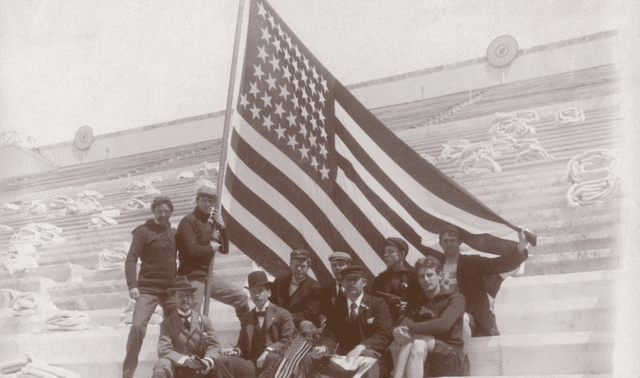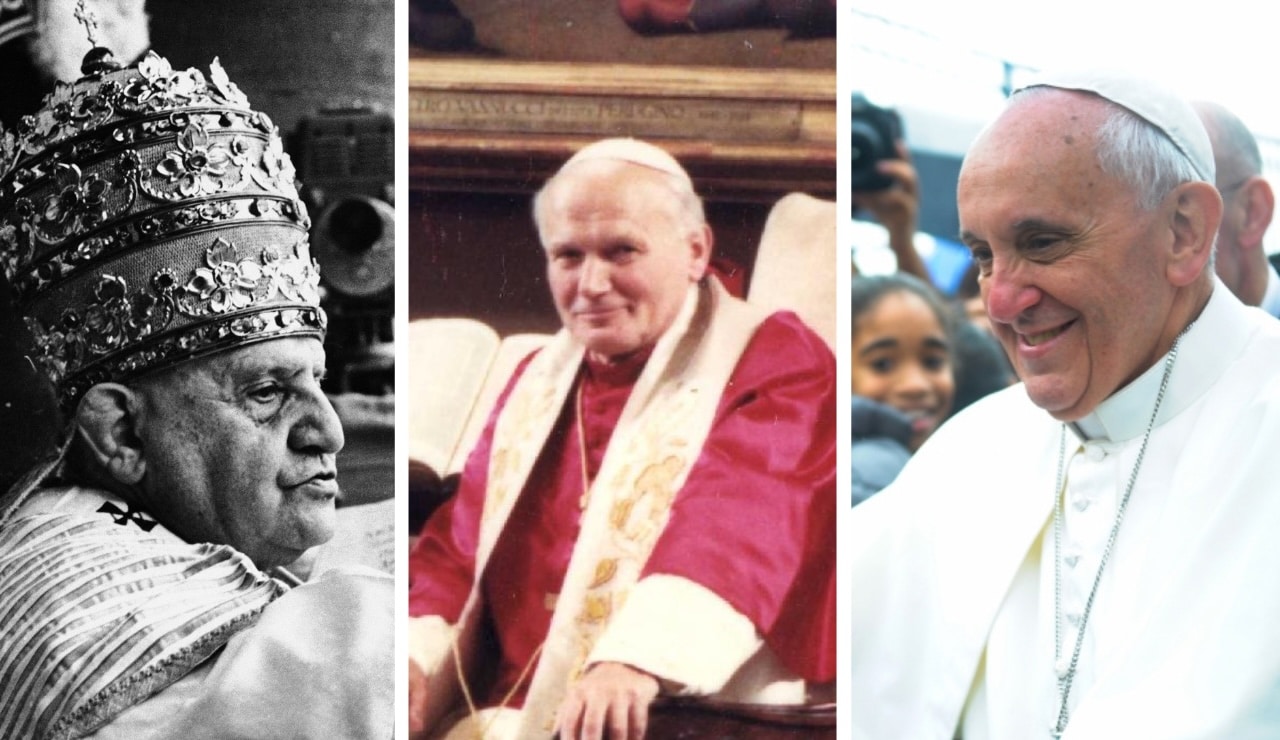This year, car buffs might consider a pilgrimage to the corner of Baum Boulevard and St. Clair Street in Pittsburgh, where a historic marker commemorates the “First Drive-In Filling Station.” That breakthrough in automotive convenience made history 100 years ago in 1913. Baum Boulevard was then already known as “automobile row” because of the many car dealerships lining the street. Drivers could pull right in to the “Good Gulf Gasoline” station with their new vehicles and fill ’er up. The station offered free air and water, and sold the country’s first commercial road maps.
Before the advent of the service station a century ago, fueling up was an adventure for our ancestors. The first places to sell fuel—appearing not long after the first cars—were pharmacies, as a side business. Bertha Benz refilled the tank of the first automobile driven across country at the city pharmacy in Wiesloch, Germany, on Aug. 5, 1888. She was driving the newly constructed Patent Motorwagen automobile from Mannheim to Pforzheim with her 13- and 15-year-old sons as passengers, to prove to her husband Karl that his invention was marketable. The car ran not on gasoline but on highly volatile petroleum ether, which pharmacies stocked.
By 1900, the United States had 4,000 cars (compared to 20 million horses), but gasoline was still considered a waste by-product of producing kerosene. Pioneering motorists had to take a bucket to the general store, hardware dealer, drugstore or local refinery and fill up from a gasoline barrel. A few enterprising (and fearless) salesmen sold gasoline from pushcarts equipped with hoses.
In 1905, as the United States manufactured 25,000 automobiles a year, Sylvanus Freelove Bowser developed a pump to safely transfer gasoline from a barrel into a car’s tank. Bowser had previously invented a successful kerosene pump. Today, Bowser Avenue in his hometown of Fort Wayne, Ind., is named after him, and fuel pumps in New Zealand and Australia are still known as “bowsers.”
Bowser’s invention launched a new “filling station” business, typically offshoots of other merchants. Gasoline was sold right on the sidewalk, causing traffic jams as cars pulled to the side of the road to refuel. Even early businesses devoted solely to selling gasoline—such as the world’s first purpose-built gas station in St. Louis in 1905 or the station Standard Oil opened in Seattle in 1907—relied on curbside pumps. By 1910, when American roads held a half-million automobiles, this began to pose a problem.
The drive-in gas station was the solution, helping usher in a golden age for the American automobile. Pittsburgh’s history-making Gulf station sold 30 gallons of gas at 27 cents a gallon on its first day, and drive-in “service stations” spread almost as fast as the automobile itself. The 1911 breakup of the Standard Oil monopoly also boosted competition and gas station growth, as newly minted oil companies battled for market share.
Seeking a competitive edge and new revenue, stations expanded beyond filling up customers’ tanks. Initially, there was little market for other automotive services, since Fords were designed for easy owner maintenance; every Ford came with a “grease cup” so the driver could lubricate his own car. As General Motors began to pass Ford in sales, however, “greasing palaces” were added to gas stations. Sinclair opened the first three stations equipped with lubrication equipment in 1926.
By 1929, the US census counted 121,513 filling stations (enumerated as “service stations” after 1948), totaling nearly $1.8 billion in sales. The Depression only added impetus to the business, which attracted newly unemployed industrial workers with an entrepreneurial bent. By 1933, the number of stations had grown 40 percent over precrash figures, although sales per station plummeted almost as much. Stations also shifted from being owned by the oil giants, staffed by salaried employees, to independent operations leased by local dealers. This arrangement was first tested in Iowa by Standard Oil of Indiana and came to be called the “Iowa plan.”
Oil companies remained involved in the design of even most independent gas stations, however. These corporate icons were crafted by some of the nation’s top architects, including Frank Lloyd Wright and Mies van der Rohe. Most, though, took the form of what architect Robert Venturi would later call a “decorated shed.” The typical “oblong box” gas station was flat-roofed and contained two bays, one with a hydraulic lift and the other with a central floor drain where cars could be washed. Restrooms were accessed from the exterior of the station.
Texaco, which in 1928 was the first US company to sell its gasoline in all 48 states, set the style. In 1937 the company hired Walter Dorwin Teague to design its service stations—functional white buildings with green trim, specialized lubrication and washing bays, an office with plate glass windows to showcase automotive products, and “Men’s” and “Ladies” restrooms with Texaco-green tile floors and walls. The Texaco star “banjo” sign identified stations to passing motorists. You could “trust your car to the man who wears the star,” a uniformed attendant who would fill up your tank, wash your windows and check your oil.
Not every service station succumbed to homogeny, however. A Shell station in North Carolina was built in the shape of a shell. East Coast stations might look like lighthouses, while others mimicked teepees or windmills. In Zillah, Wash., at the height of the Teapot Dome scandal, a gas station was built in the shape of a teapot. In the ultimate example of form following function, a Missouri station was designed like a giant gas pump.
Regardless of form and function, the drive-in service station industry was set to undergo a radical change—self-service stations. The first threat to the job security of service-station attendants appeared in Los Angeles in 1947, when Frank Ulrich opened a self-service gas station. But the concept didn’t catch on until the oil embargo of 1973.
Today, only New Jersey and Oregon hold out against the self-service station—by statute in both states, enacted in 1949 and 1951, respectively. Oregon voters rejected a measure overturning the self-service ban in 1982.
From the May/June 2013 Family Tree Magazine




